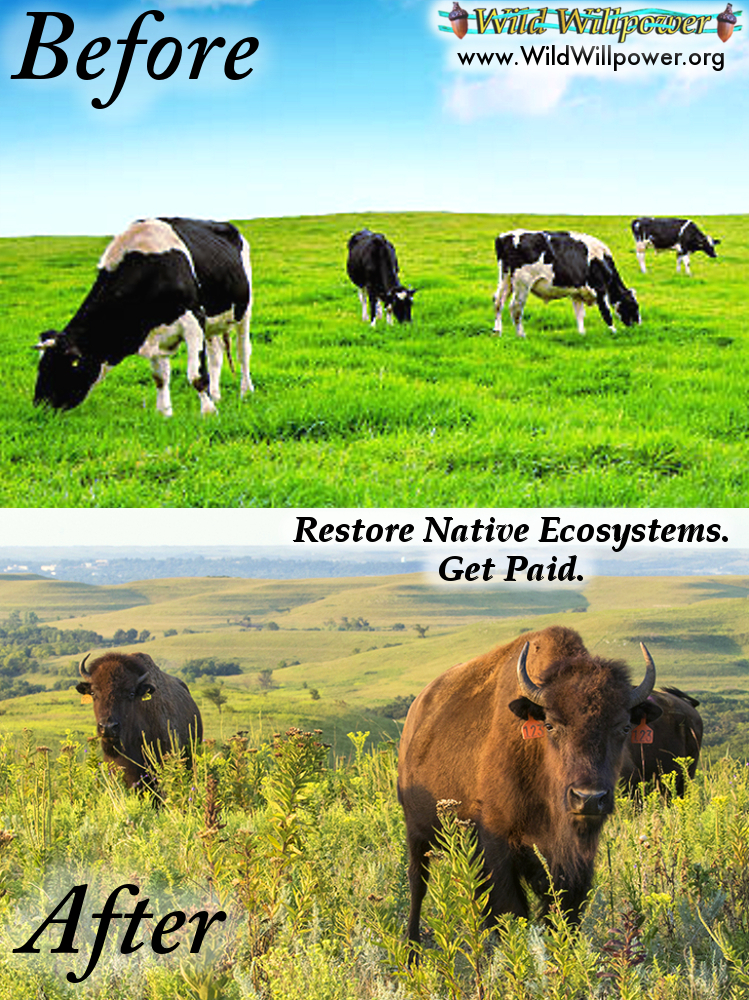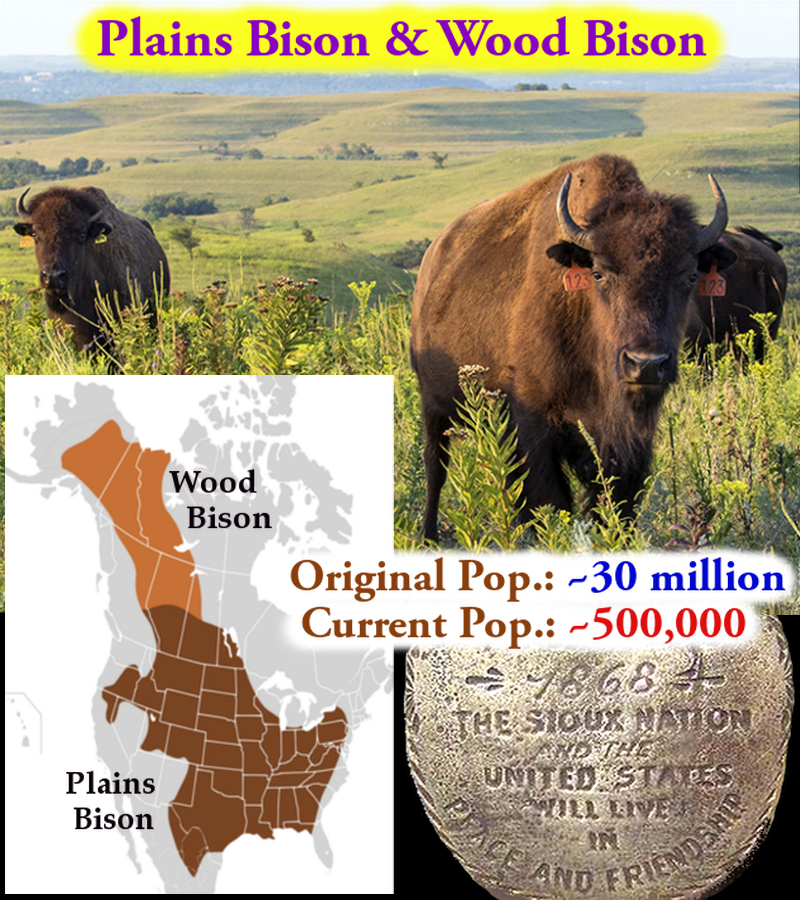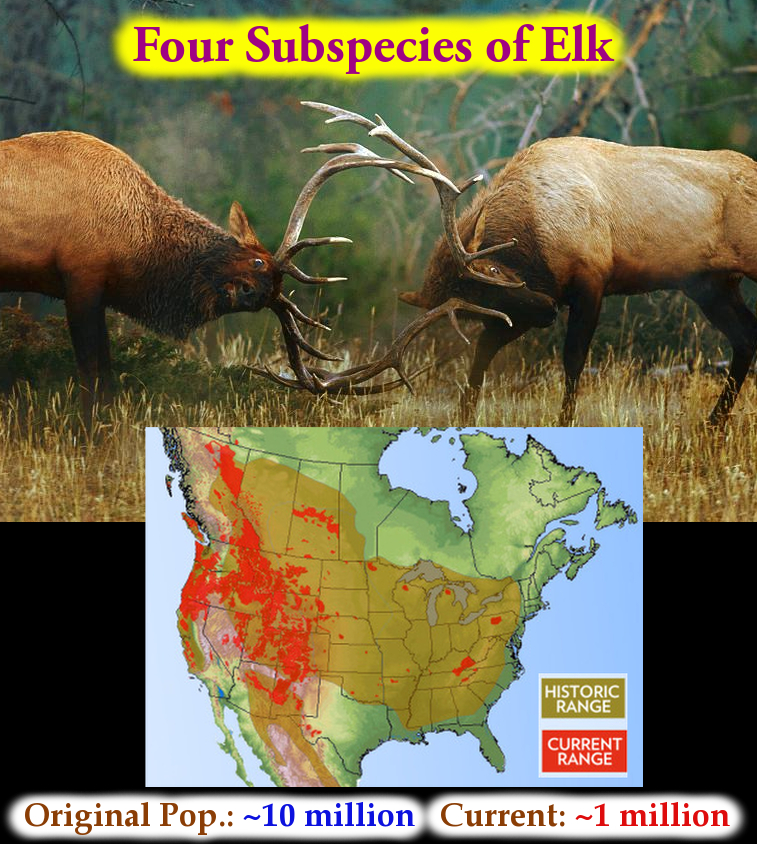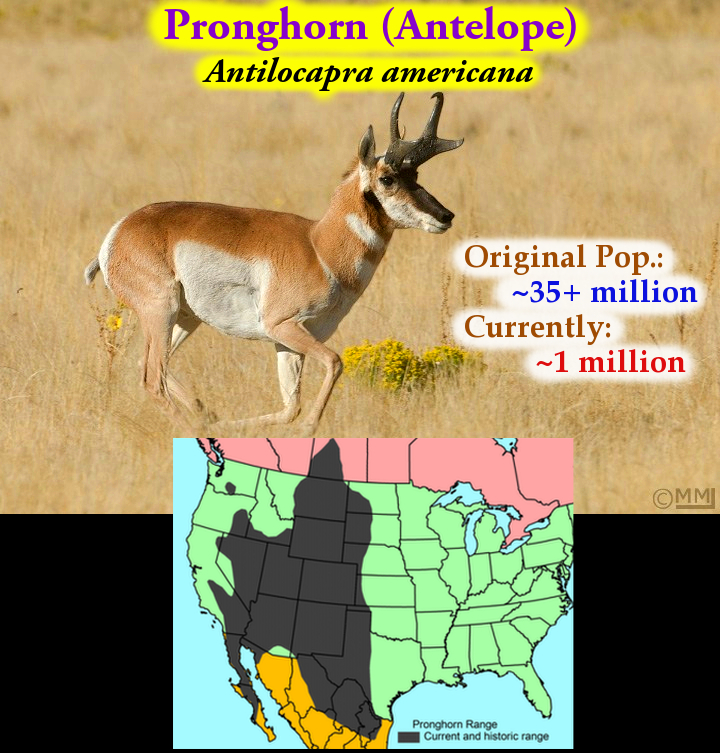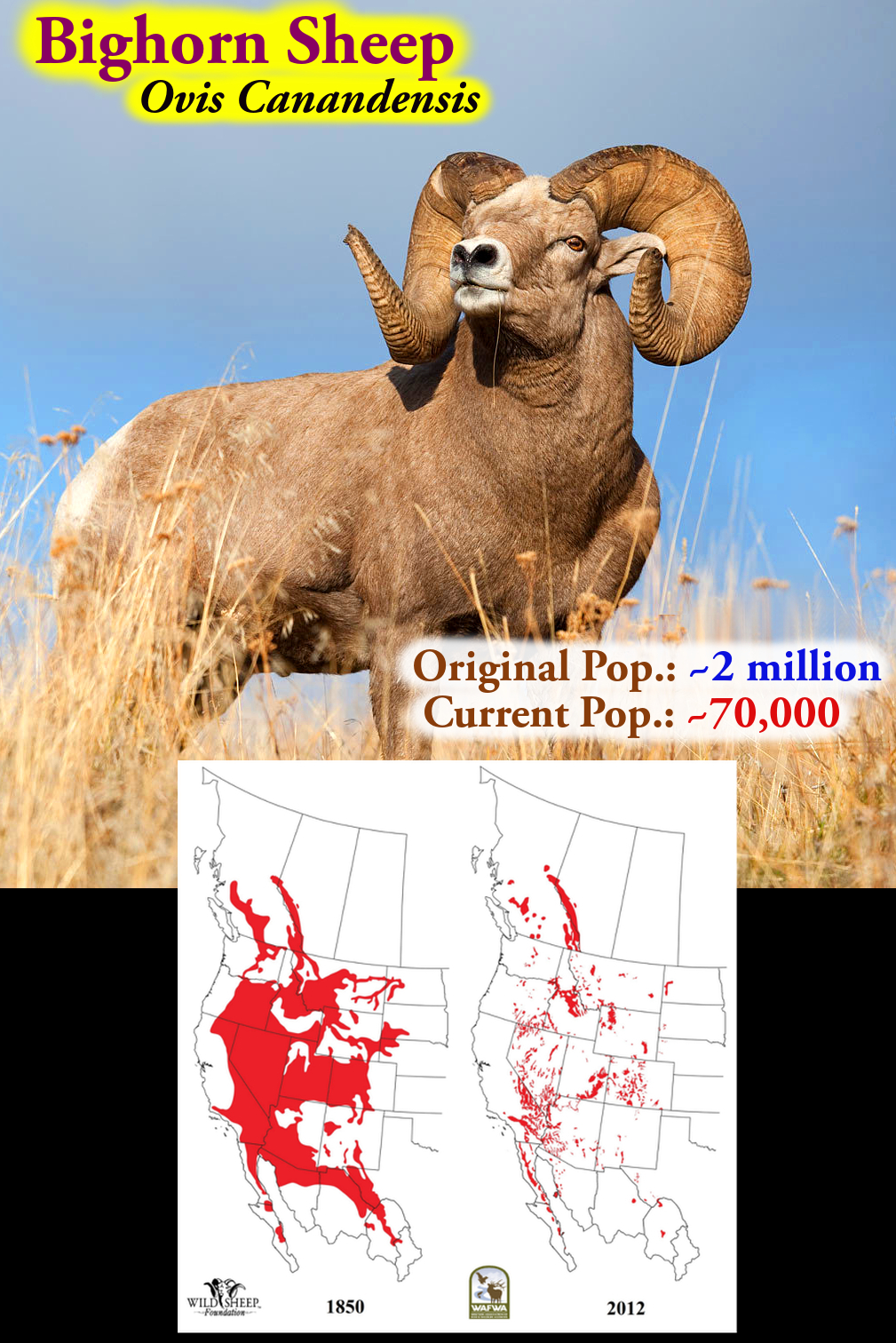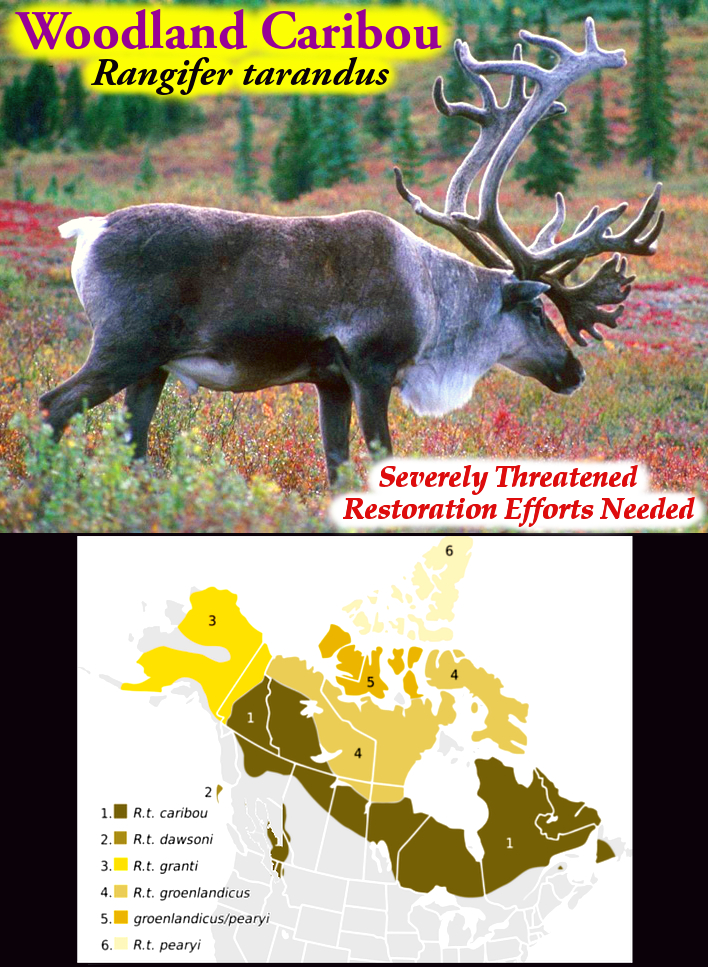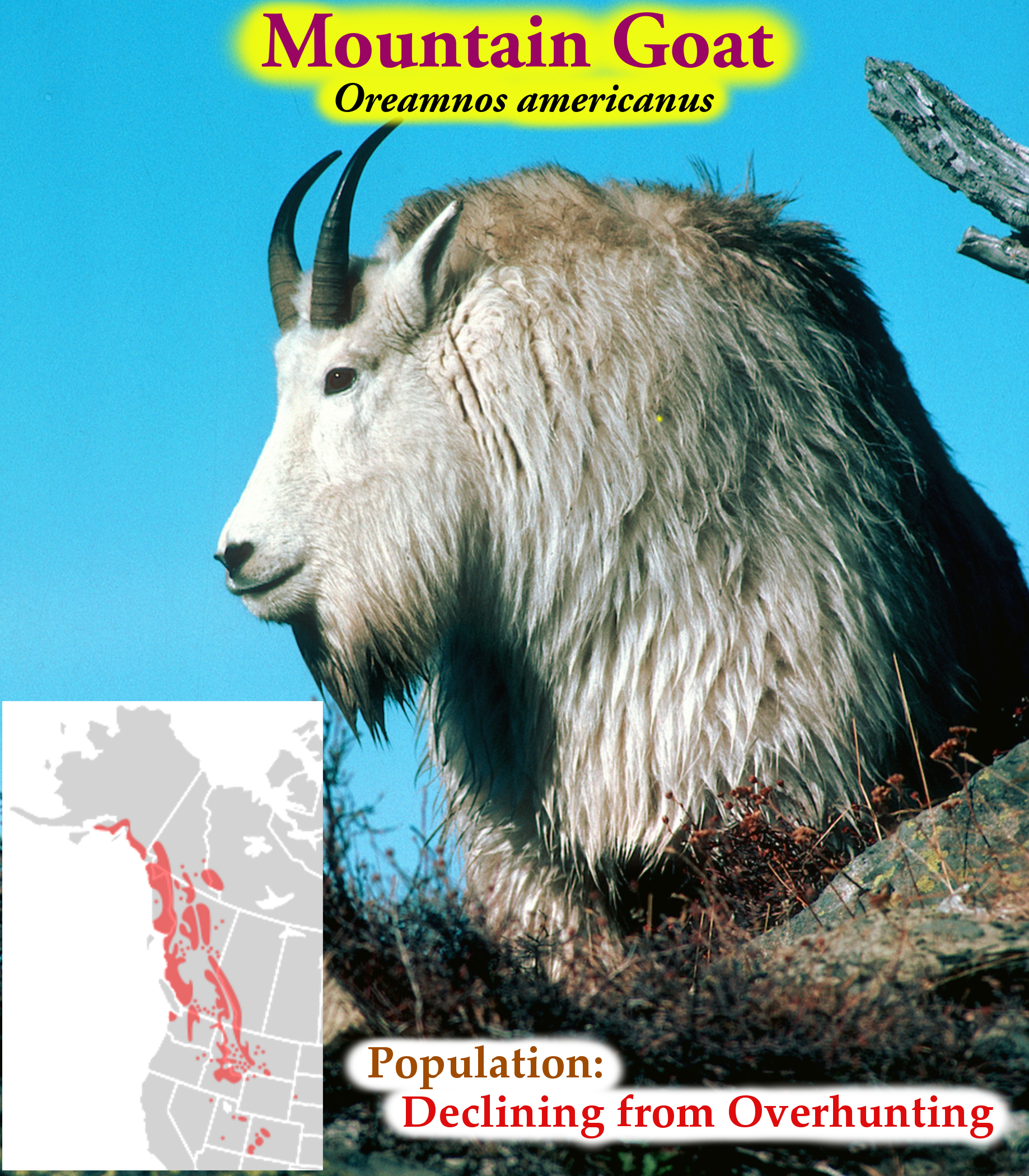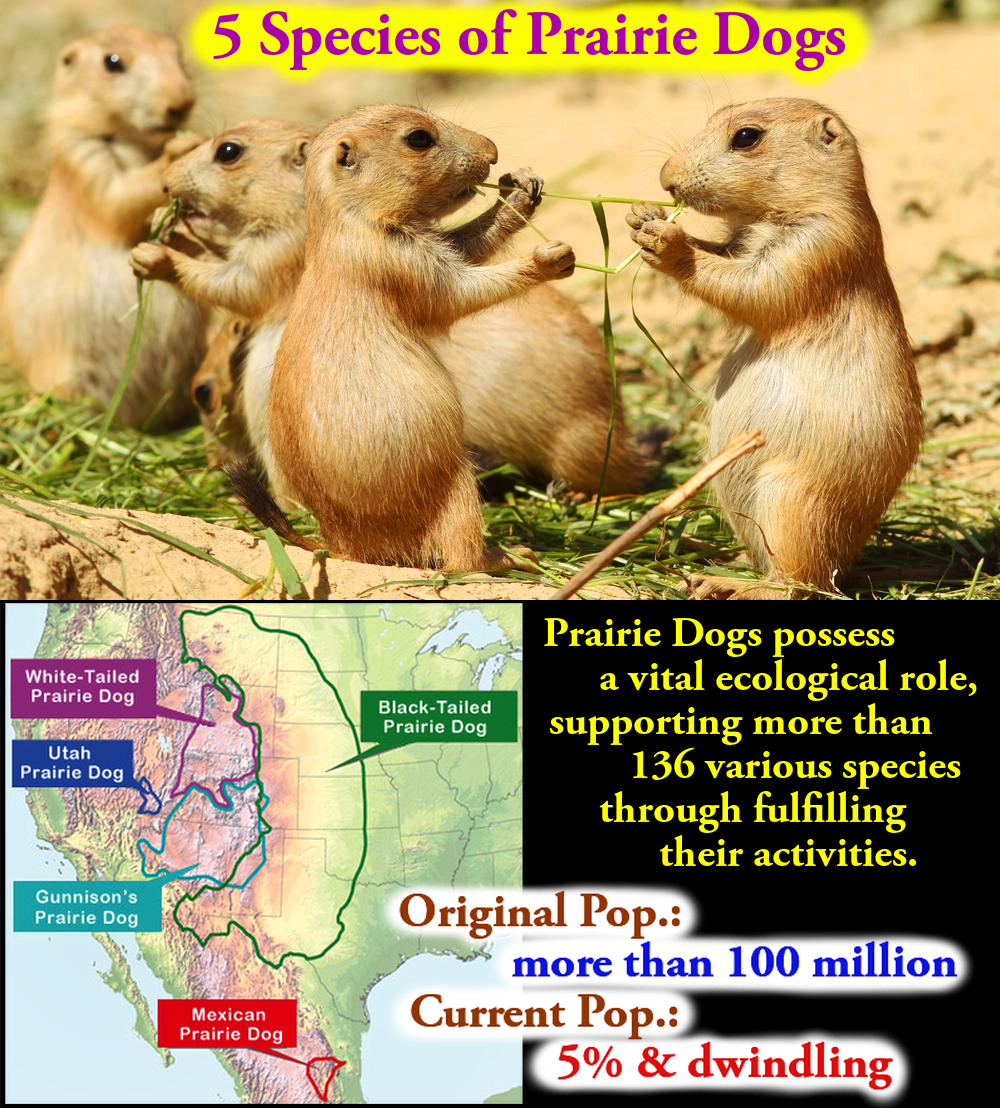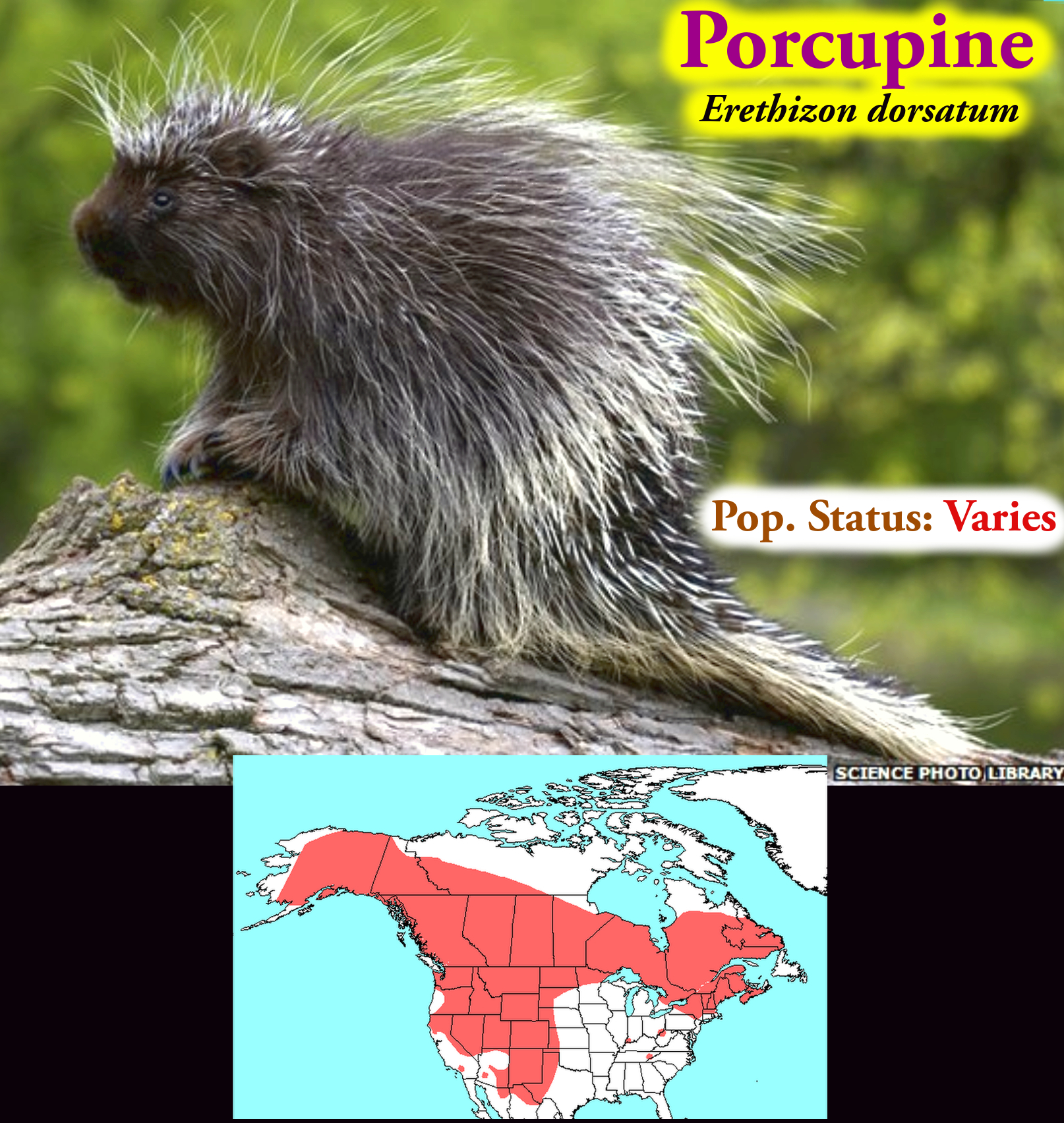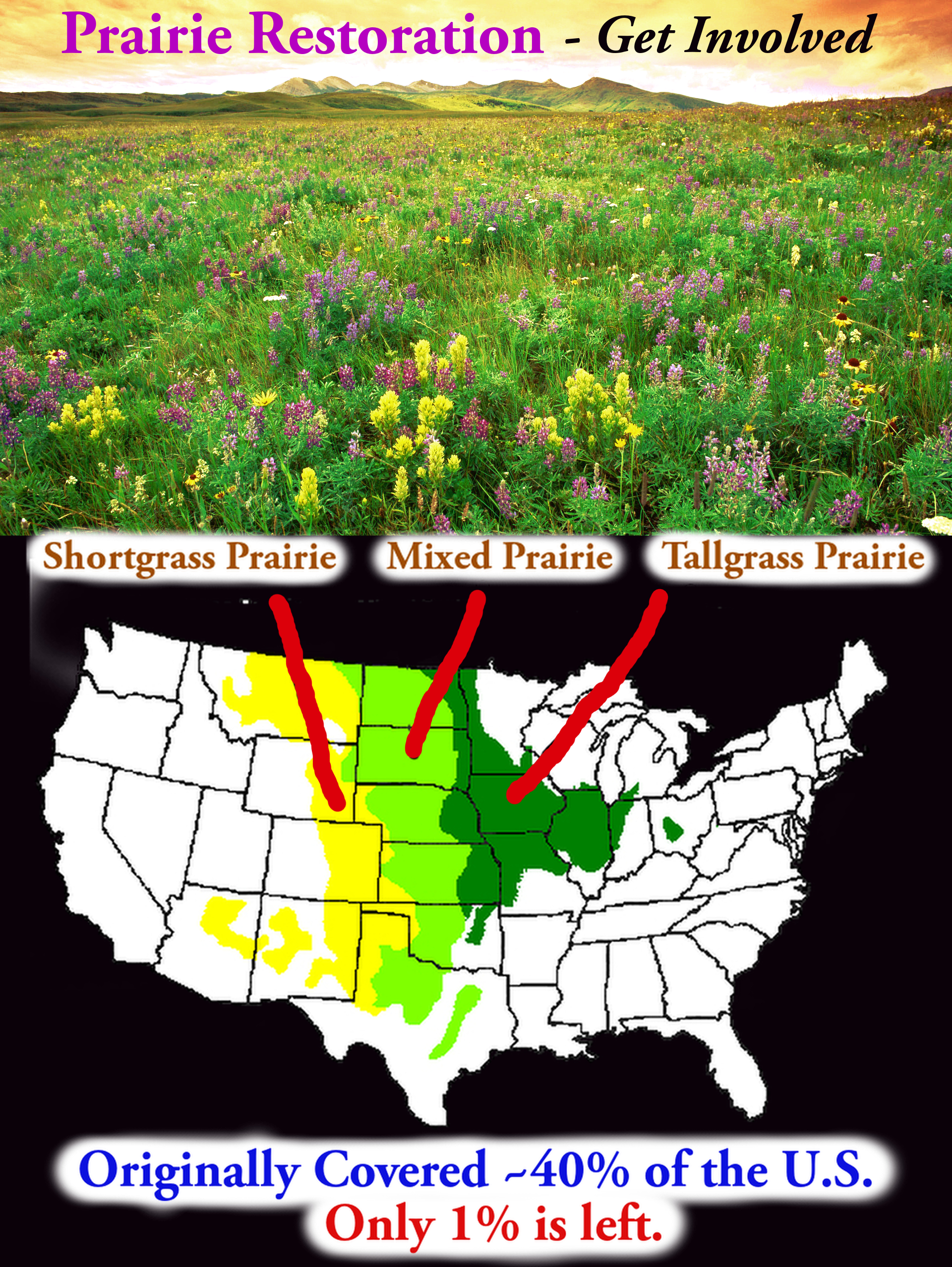This page is continued from Our National Plan >>>> Civilian Restoration Corps >>>> Ecological Restoration Projects:
**********************************
Help Ranchers Convert their Operations to Native Animal Cooperatives:
This is accomplished via financially incentivizing neighboring ranchers to remove the fencing that separates their property from their neighbors, then paying people to help restore their lands to native habitat. Whereas bison, elk, & other native animals generally require significantly more grazing & migration lands than do cattle, removing fencing between ranches is a practical way to provide sufficient space for these types of animals.
What is a Native Animal Cooperative?
A Native Animal Cooperative is a type of Worker Cooperative. Each property owner who elects to enjoin their land into a Native Animal Cooperative receives one share in the Cooperative with interest equal to the percentage of acreage they have invested. Ranchers who convert their operations become co-owners of the cooperative, with due benefits & responsibilities.
Government-managed lands (State, Federal, or local) which are enjoined with any cooperatives must provide easements to all co-owners, however governments do not own any shares in the cooperative.
Click to Enlarge:
Why Cooperatives?
On average, CEOs in the U.S. earned 354 times the average worker in 2013. [2] Worker-owned cooperatives have no CEO, & thus that same money that would be used to pay the CEO instead becomes equilaterally distributed amongst the shareholders. [3]
Shares grant each employee an equal vote on business matters, including employee benefits, salaries, & reinvestment of profits. Cooperation in developing the business means that each employee is invested in making the business thrive.
Alvarado Street Bakery is one of many examples of a successful worker-owned cooperative. Each of their employees has been with the company for over 15 years, & the average worker earns between $65,000 and $70,000 per year. [3]
Additional Benefit
Ranchers Who Convert Their Operations Receive CRP Payments while Keeping Their Lands in Production:
An added benefit is that owners become eligible to receive funding through the USDA’s Conservation Reserve Program (“CRP”) while still keeping their lands in production! The CRP, a land conservation program administered by the Farm Service Agency (FSA), was signed into law in 1985 by 40th President Ronald Reagan. The program enables farmers to remove land from agricultural production, plant species that will improve environmental health & quality, & in exchange receive a yearly payment from the Federal Government. Normally a farmer would need to keep their land out of production. However, by electing to transition one’s operation to a Native Animal Cooperative, the land gets to remain in production while still being able to qualify for CRP payments!
Types of Animals:
Below is a list of native animals which used to roam North America prior to European settlement in much larger numbers than they do today. Some of them have drastically reduce populations today, & if we do not do something to help their recovery, they will become extinct. We propose transferring livestock & feed crop subsidies to help ranchers convert their operations to Native Animal Cooperatives, as well as funding other recovery projects.
Click any of the following to learn more about each species, as well as current restoration efforts & organizations involved (this page will remain open):
**************************************
**************************************
**************************************
**************************************
**************************************
**************************************
**************************************
**************************************
Habitat Restoration
Processes & Organizations Involved:
Please Sign & Share:
Notice: The Petition will be available May 1, 2018 both here and on our Petition Drive. Please contact us if you have any suggestions or join our campaign team.
Civilian Restoration Corps will also:
- Plant Diverse, Useful Heirloom & Native Plants throughout Towns & Cities
- Retrofit Homes to Provide Clean Energy to All Citizens, and Rebuild Crumbling Infrastructure
References:
[1]: Black’s Law Dictionary Deluxe Tenth Edition by Henry Campbell Black. Editor in Chief Bryan A. Garner. ISBN: 978-0-314-62130-6: http://legalsolutions.thomsonreuters.com/law-products/Dictionaries-Desk-Reference/Blacks-Law-Dictionary-Deluxe-10th/p/100260837
[2]: CNNmoney, “CEOs earn 354 times more than average worker” by Jennifer Liberto: http://money.cnn.com/2013/04/15/news/economy/ceo-pay-worker/
[3]: The Press Democrat, “Michael Moore’s new film puts spotlight on Petaluma company” (10-1-2009): www.pressdemocrat.com/news/2269969-181/michael-moores-new-film-puts
[4]: Grit, “History of the North American Elk – The North American Elk is an important part of the continent’s history” by Tim Nephew (Feb 2014): www.grit.com/animals/wildlife/north-american-elk-zm0z14jfzsmi?pageid=4#PageContent4
[5]: Erxleben, J.C.P. (1777) Anfangsgründe der Naturlehre and Systema regni animalis.
[6]: “Pennsylvania Department of Conservation and Natural Resources”
Animal Profile References:
Bighorn Sheep photo by Donald M. Jones: www.donaldmjones.com/wild-sheep/bighorn-sheep03956d-37_32_2077.html
Pronghorn Distribution Map: Prairie Wildlife Research, “Pronghorn”: www.prairiewildlife.org/pronghorn.html
Caribou Profile Photo: National Park Service, Caribou: www.nhptv.org/natureworks/caribou.htm
Caribou Distribution Map: Approximate range of subspecies of Caribou (Rangifer tarandus) in North-America. From: Feldhamer, George A., Bruce C. Thompson, and Joseph A. Chapman. Wild Mammals of North America : Biology, Management, and Conservation. 2003. Johns Hopkins University Press, Baltimore. 2nd ed. 1216 p. ISBN 0801874165. Banfield, A. W. F. The mammals of Canada. National Museum of Natural Sciences, National Museum of Canada, University of Toronto Press, 438 p. ISBN 0802021379. Mammal Fact Sheets: Caribou: www.hww.ca/hww2.asp?id=85
Prairie Dog Photo: World Wildlife Federation, “8 Surprising Facts About Prairie Dogs”: www.worldwildlife.org/stories/8-surprising-prairie-dog-facts
Prairie Dog Map saved from Animal Tourism, “Rarest US prairie dog doesn’t get endangered status” – cited on page “Prairie Dog Coalition”: http://animaltourism.com/news/2011/06/06/utah-prairie-do
Porcupine: BBC, “10 Things We Didn’t Know Last Week”: http://www.bbc.com/news/blogs-magazine-monitor-29939887
Ecosystem Recovery Graphic References:
Prairie Photo: 7themes, “Prairie Background”: http://7-themes.com/6852083-prairie-background.html
Prairie Map: Midwest Regional Climate Center: http://mrcc.isws.illinois.edu/living_wx/wildfires/index.html
*********************************

